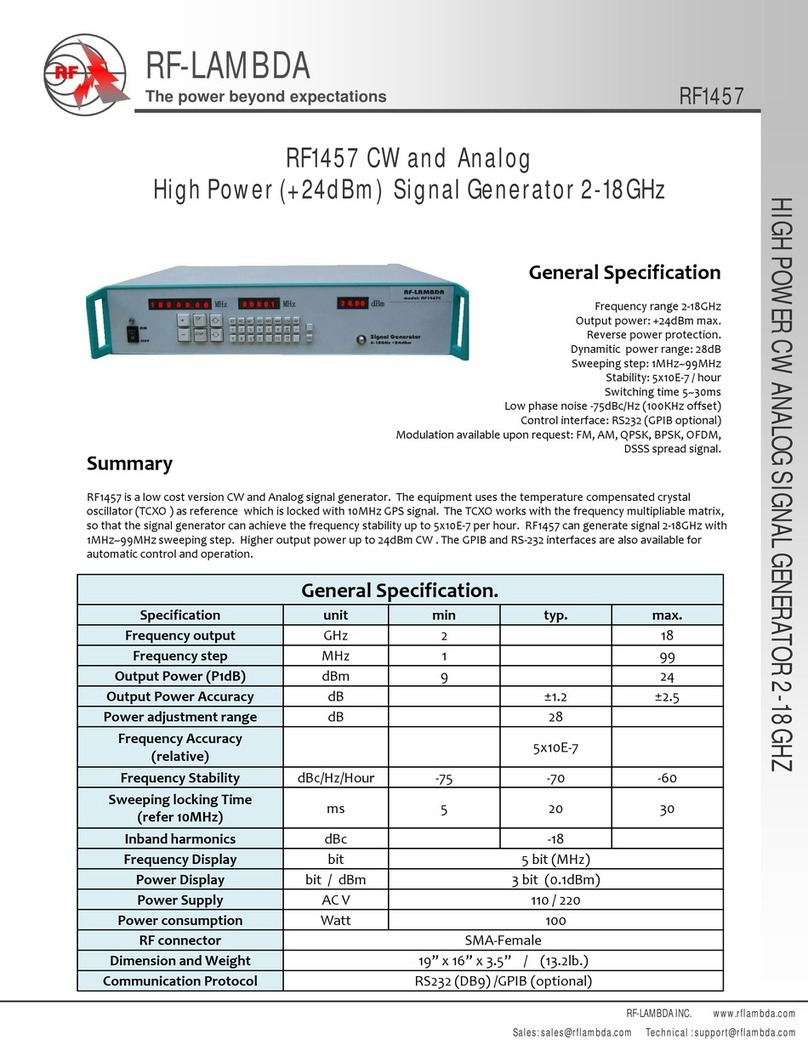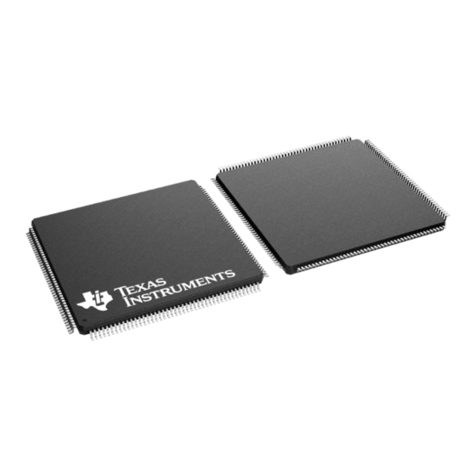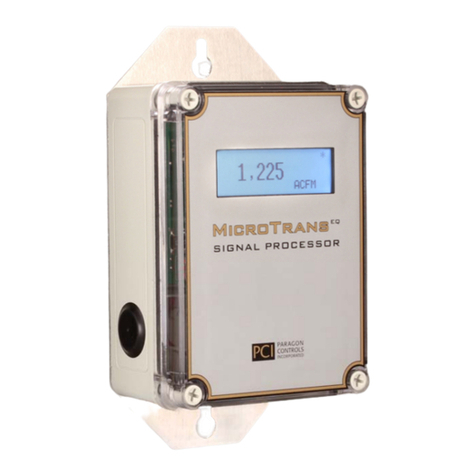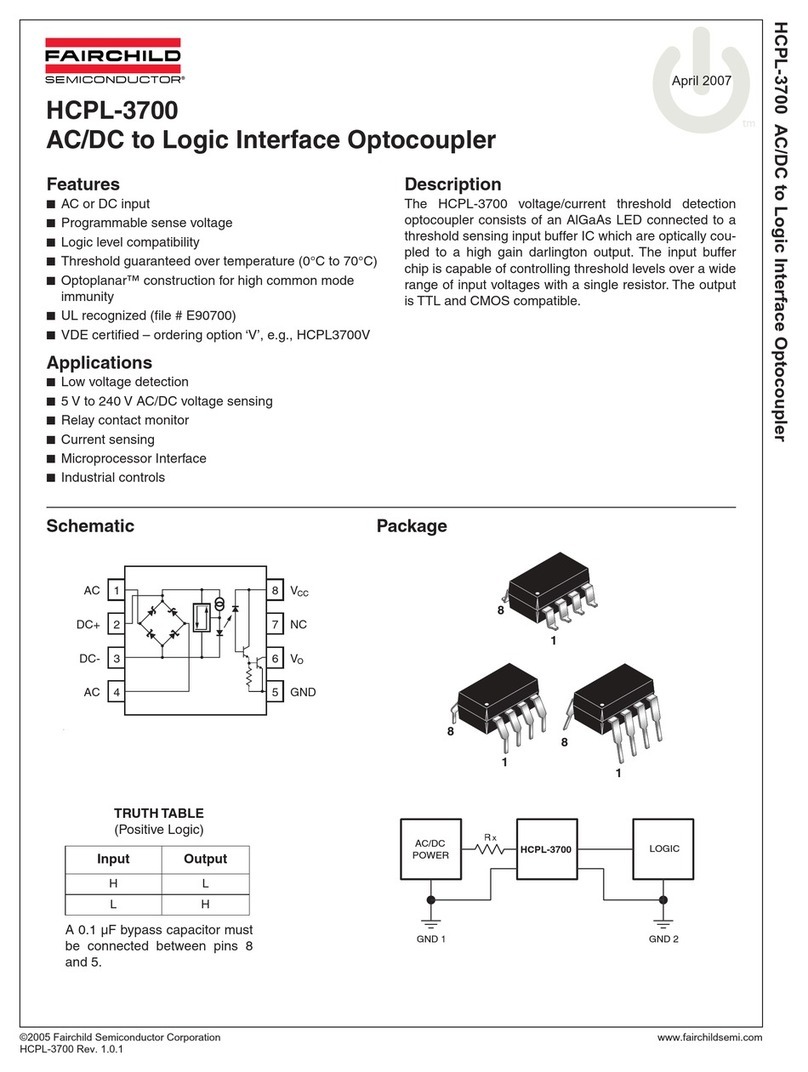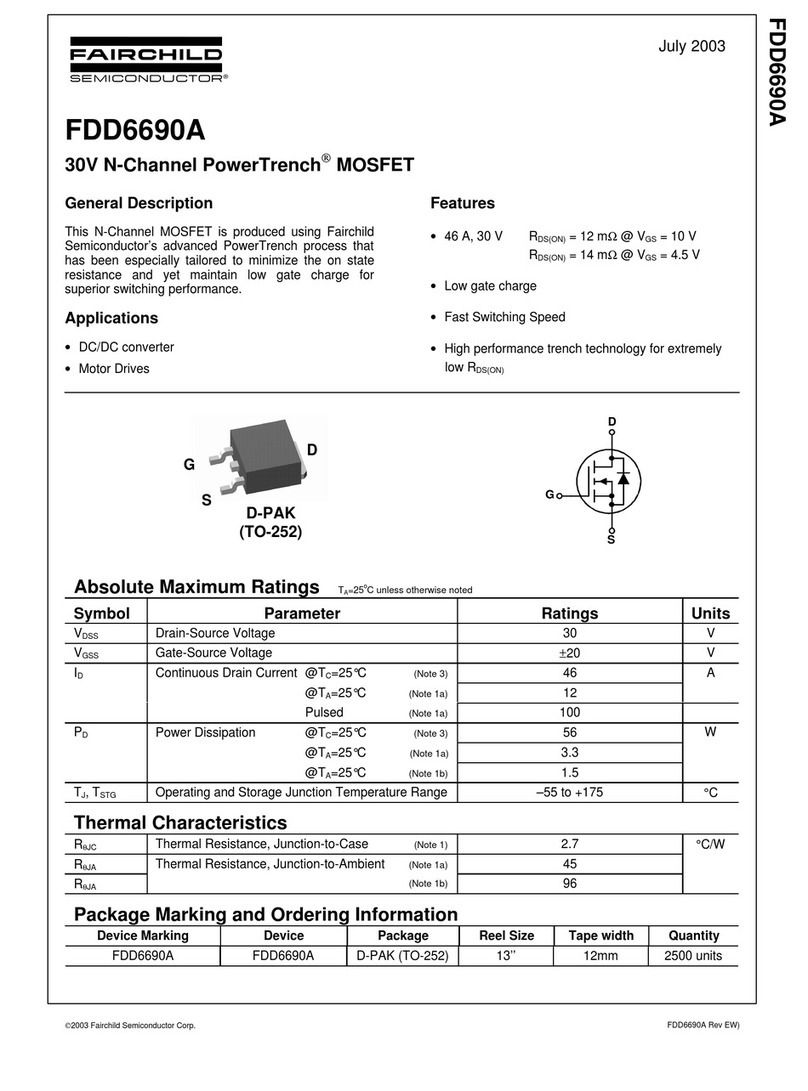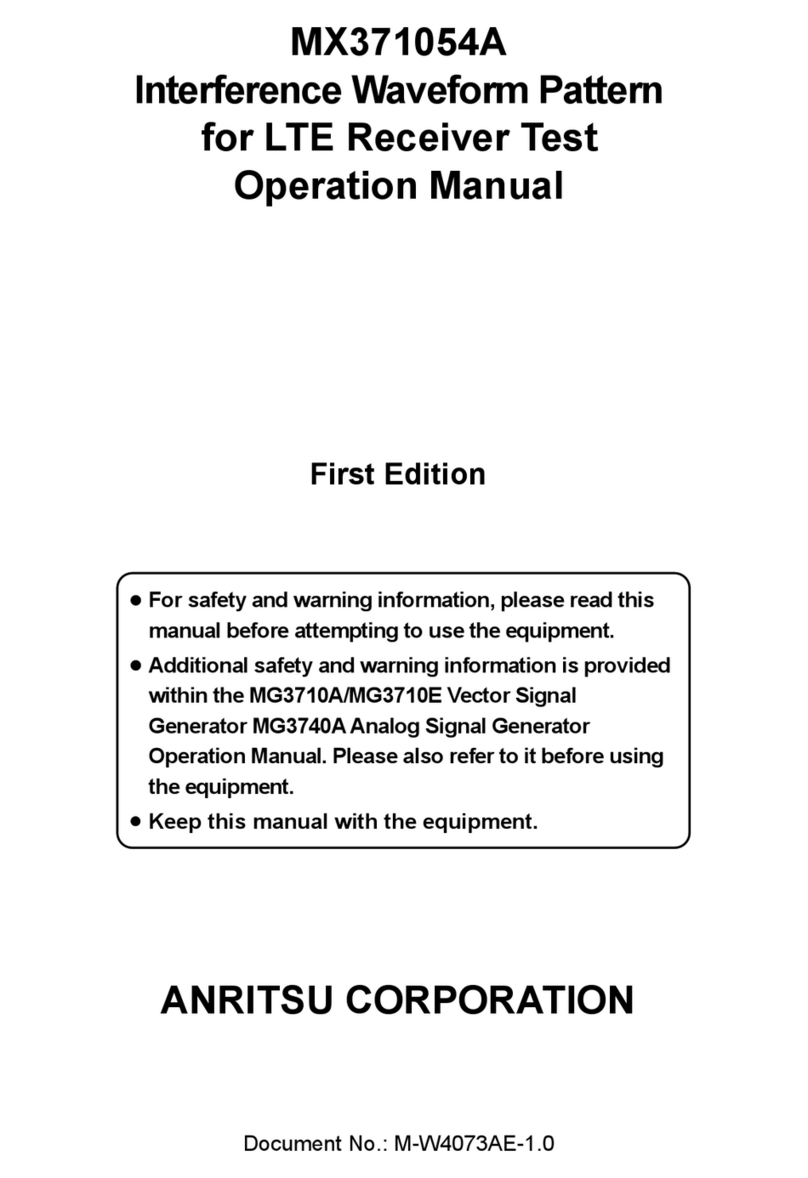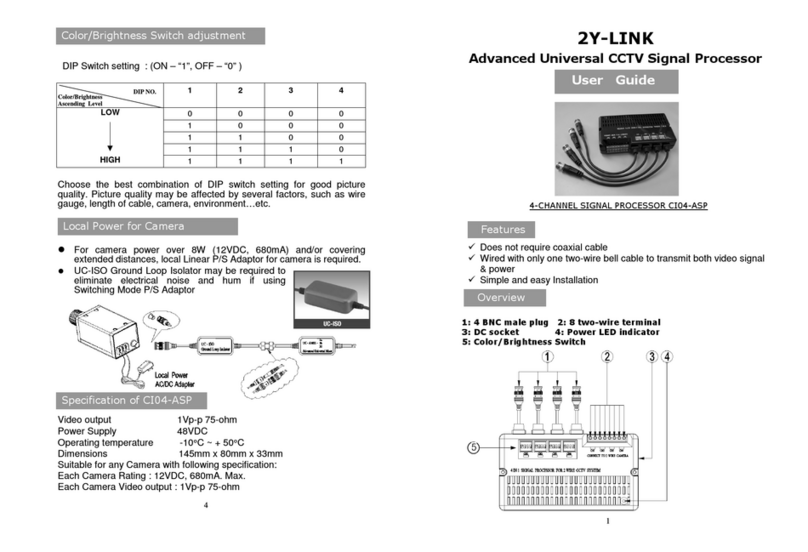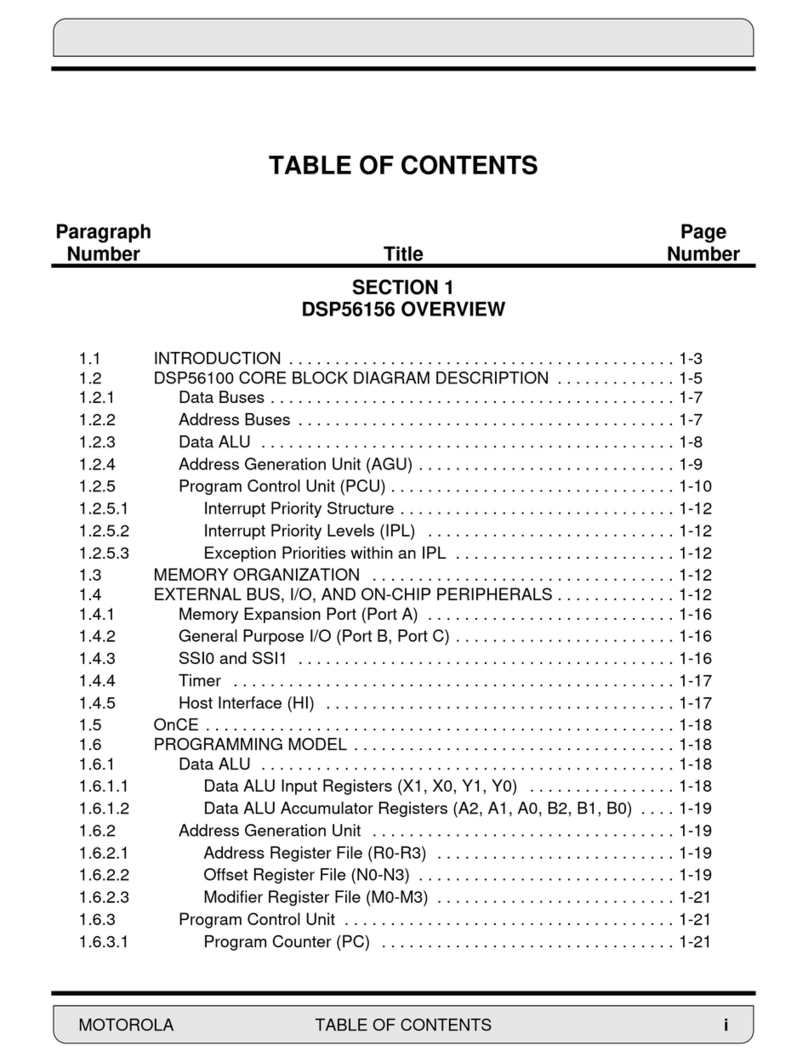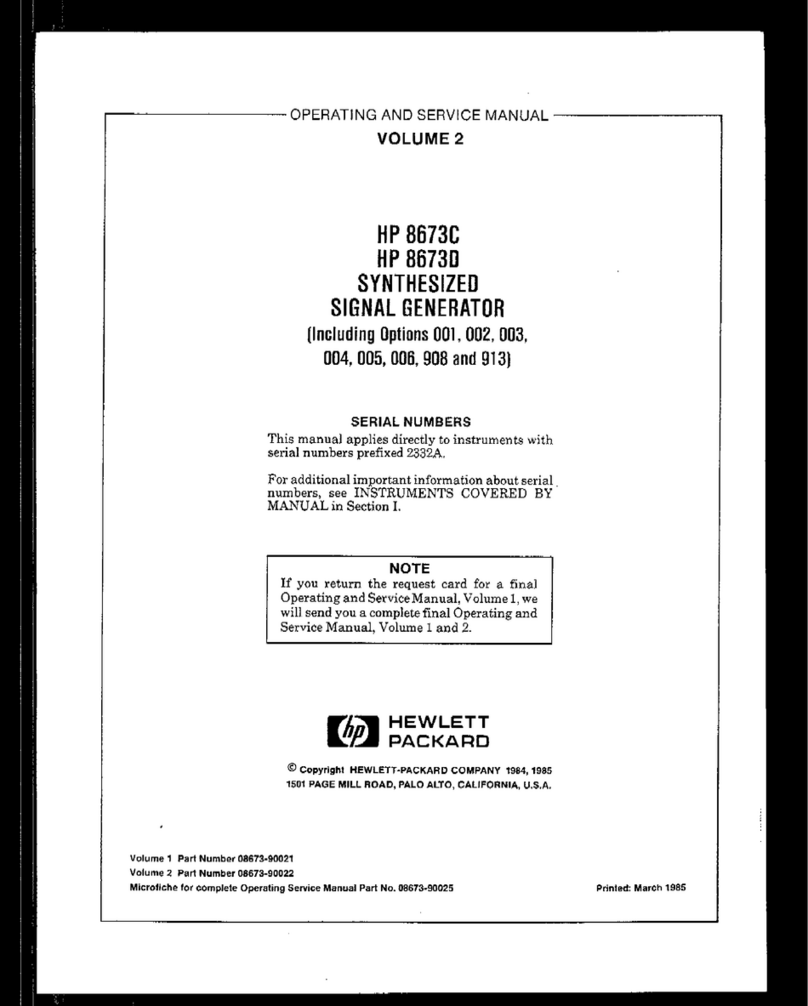
©2002 Fairchild Semiconductor Corporation Application Note 7502 Rev. A1
State 2: MOS ActIve, JFET ActIve
This state graphically illustrates the dramatic influence that
the JFET has on the power MOSFET drain-voltage wave-
form. Instead of having to discharge Cxfrom VDD to ground,
the lateral MOSFET need only swing VXto ground, a much
smaller voltage thanks to the grounded gate JFET. Since the
interaction of RLwith the device capacitances has a second-
order effect on the drain voltage, the equivalent circuit of Fig-
ure 7 predicts a drain voltage change of:
dVG/dt = gMRLlG/[CGS + CX(1 + gM/gMJ)]
In all but the smallest power-MOSFET devices, Cxis several
thousand picofarads and gM/gMJ is of the order of 3:1.
Power-MOSFET devices exhibit a high dVD/dt switching rate
because of the cascode-connected JFET, not because
CRSS (CRSS = CGD) is a small value, as zero-drain-current
data sheet capacitance values might lead one to believe. If
CRSS were, in actuality, small, long drain voltage tails would
not exist. The tail response is a direct result of JFET satura-
tion. In order to delineate the transition from state 2 to state
3, a drain voltage at which the transition occurs must be
defined. VDK is the knee voltage at which linear extrapola-
tions of drain-voltage slopes intersect. The time duration of
state 2 is:
t2(t6) = (VDD - VDK)[CGS + CX(1 + gM/gMJ)]/gMRLIG
State 3: MOS Active, JFET Saturated
When the JFET saturates, the gMJVXcurrent generator
becomes a short circuit and the equivalent circuit predicts:
dVD/dt = gMRLIG/[CGS + CX(1 + gMRL)]
This is the Miller effect so often referred to in older texts that
describe the behavior of grounded-cathode vacuum-tube
amplifier circuits. Allowing for the fact that 1 + gMRLis
approximately equal to gMRLand CX(1 + gMRL) is very
much larger than CGS, the expression for drain-voltage tail
time is:
t3(t5) = (VDK - VD(SAT))Cx/lG
State 4: MOS Saturated, JFET Saturated (Turn-Off)
In this state, in addition to gMJVXbeing shorted, the gMVGcur-
rent generator is shorted, and IGis occupied with charging CX
and CGS, in parallel, from the peakvalue ofVGto VG(SAT). The
time required for this is:
t4= (VG- VG(SAT))(CGS + Cx)/IG
Since a value for CGS may be measured independently of
switching time, the method described is the simplest way of
determining CX.
On turn-off, the state time equations are equally applicable,
but in reverse order (states 5 and 6); see the idealized wave-
form of Figure 4.
Experimental Verification
The four switching states just analyzed indicate that for a
given device, all four switching state times are inversely pro-
portional to the magnitude of the gate drive current. Figure 8
illustrates the switching performance of a typical power
MOSFET across three decades of gate drive current and
time. In each case the data slope is almost a perfect -1.
A New Device Characterization
Figure 8 could not be a reasonable device data sheet pre-
sentation because it does not give the designer any informa-
tion on a typical value for CX, nor does it convey how VDK,
gM, gM/gMJ, and VG(sat) vary with drain current. Whatwould
be of enormous value to the designer is a plot of VD(t), VG(t)
for selected values of VDD and IDwithin device ratings.
A reasonable characterization would be asfollows:
1. The x axis would be normalized in terms of gate current drive.
2. The y axis would be normalized in terms of percent maximum rated
BVDSS (0 to 100%).
3. RL= BVDSS/ID(max) would define the drain load resistance.
4. FourplotsofVD(t), VG(t) at 100%,75%, 50%,and 25% BVDSS(max)
would be shown.
FIGURE 8. CONSTANT GATE CURRENT SWITCHING TIME
Figure 9 is such a plot for the RFM15N15 power MOSFET.
With such a plot, a designer can estimate device switching
performance under any resistive gate/drain conditions.
10
1
0.1
0.01 1 10 100 1000
RFM15N15
VDD = 75V
ID
RO
VG
= 7.5A
= ∞Ω
= 10V
(t) - MICROSECONDS
(IG) - MILLIAMPERES
DATA
tD(OFF)
tR
tF
tD(ON)
THEORY
Application Note 7502

